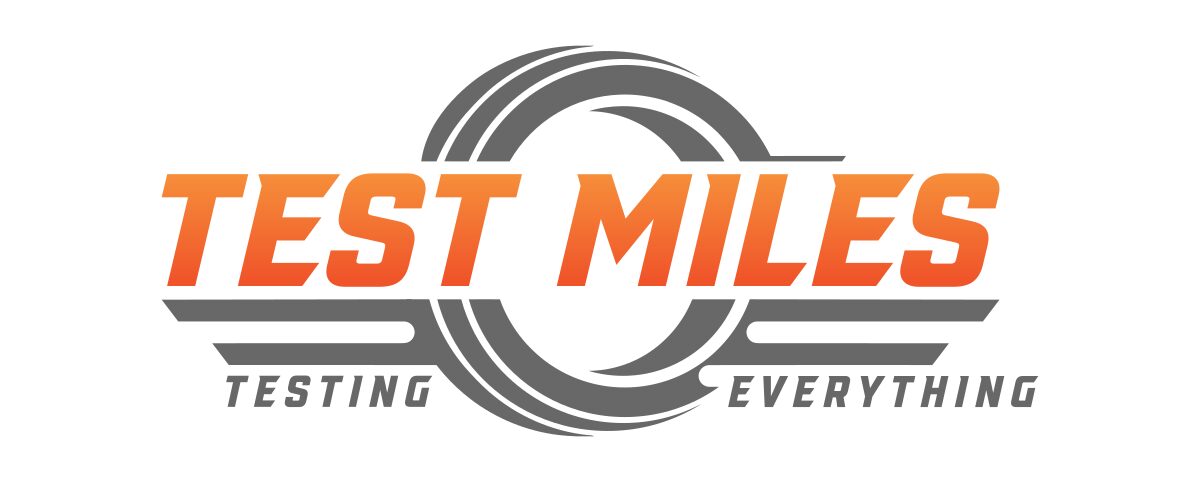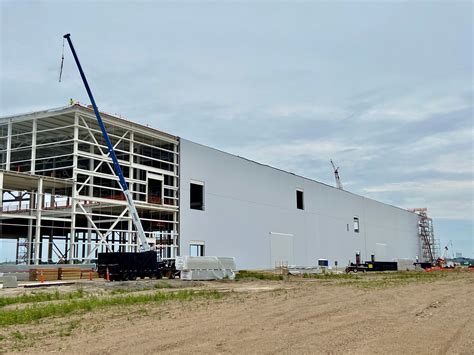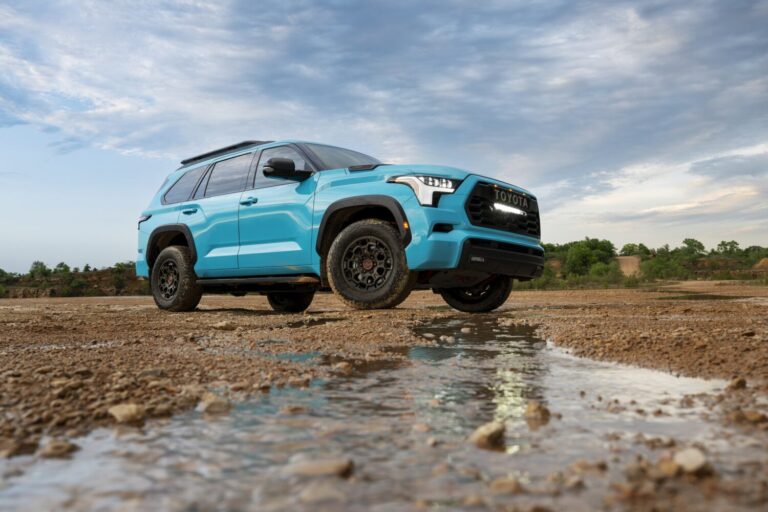Ford Factory Heist: How Bumpers and Bronco Parts Vanished by the Truckload
Ford Factory Heist: How Bumpers and Bronco Parts Vanished by the Truckload
By Nik J. Miles
Let’s start with a question no one at Ford HQ seems to have a clear answer to: How do you walk out of a secure factory with a Ford Bronco hood under your arm—let alone hundreds of them?
That is the riddle currently confounding investigators and Ford’s own internal security team, after the curtains were unceremoniously pulled back on a criminal enterprise that sounds more like a rejected Netflix pitch than a real-life scandal.
Filed in Michigan, one former Ford employee and three associates managed to steal millions of dollars’ worth of car parts—yes, actual parts, not keychains—from Ford’s plants in Dearborn, Wayne, and Flat Rock. The contraband was then sold through mom-and-pop garages and, naturally, eBay. Because what’s grand theft without a touch of internet convenience?
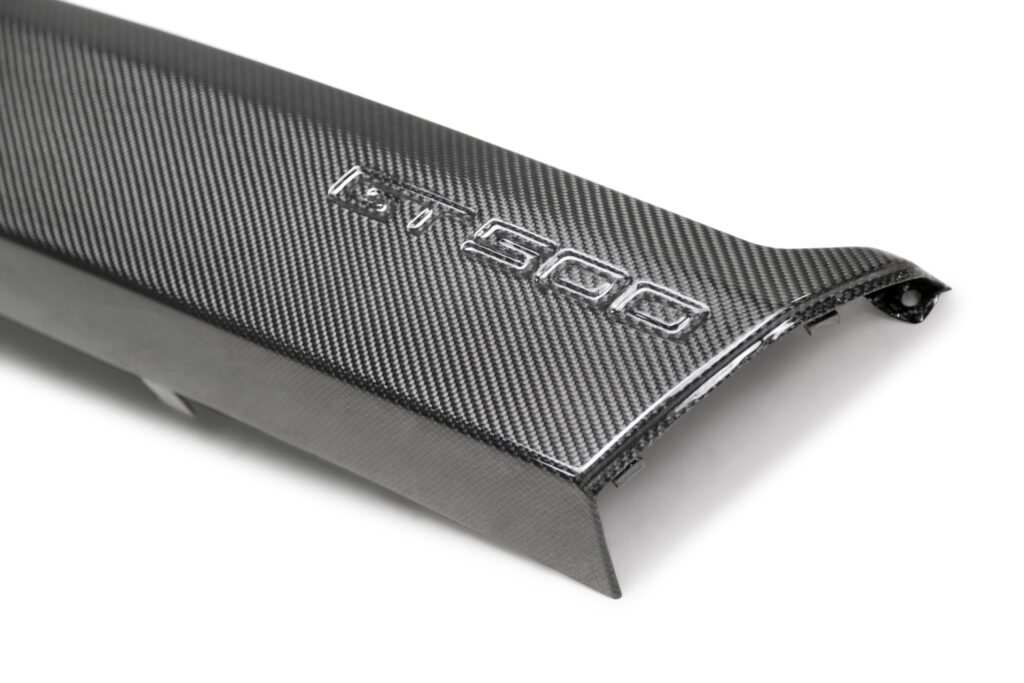
What exactly was stolen?
Nearly everything but the VIN number. Authorities uncovered hoods, headlights, bumpers, and a miscellany of parts destined for Ford’s most in-demand models: the F-150, Ranger, Mustang, and that darling of the trail-happy Instagram crowd—the Bronco.
While some thefts involved compact, easy-to-smuggle components like taillights, others required a bit more creative logistics. After all, a bumper doesn’t exactly fit in a backpack. Police found the goods in homes and Detroit-area shops, stacked to the ceiling like a Costco run gone rogue.
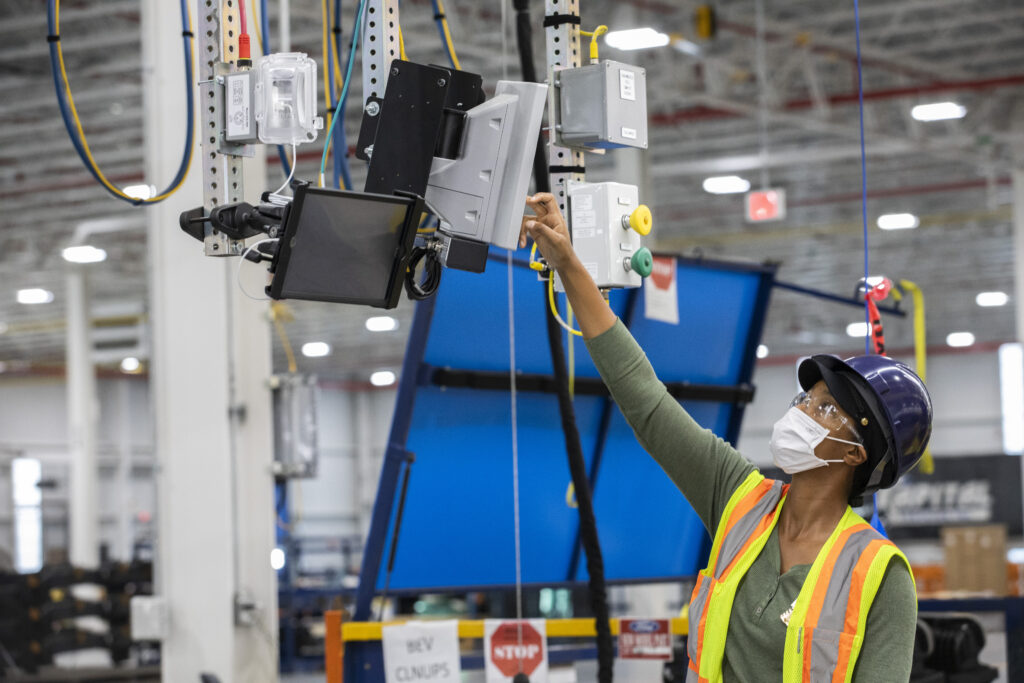
How did they get away with it for so long?
Ford factories are typically locked down tighter than a Buckingham Palace wine cellar, so the question isn’t just how the thieves removed the parts—but how no one noticed. For over two years.
Authorities remain tight-lipped on how the parts slipped through undetected. We don’t know whether they were slipped past distracted guards, mislabeled as scrap, or simply driven out in plain sight. The only certainty is this: the thieves understood the factory’s operations well enough to know when to act, where to hide, and which parts offered the best resale value.
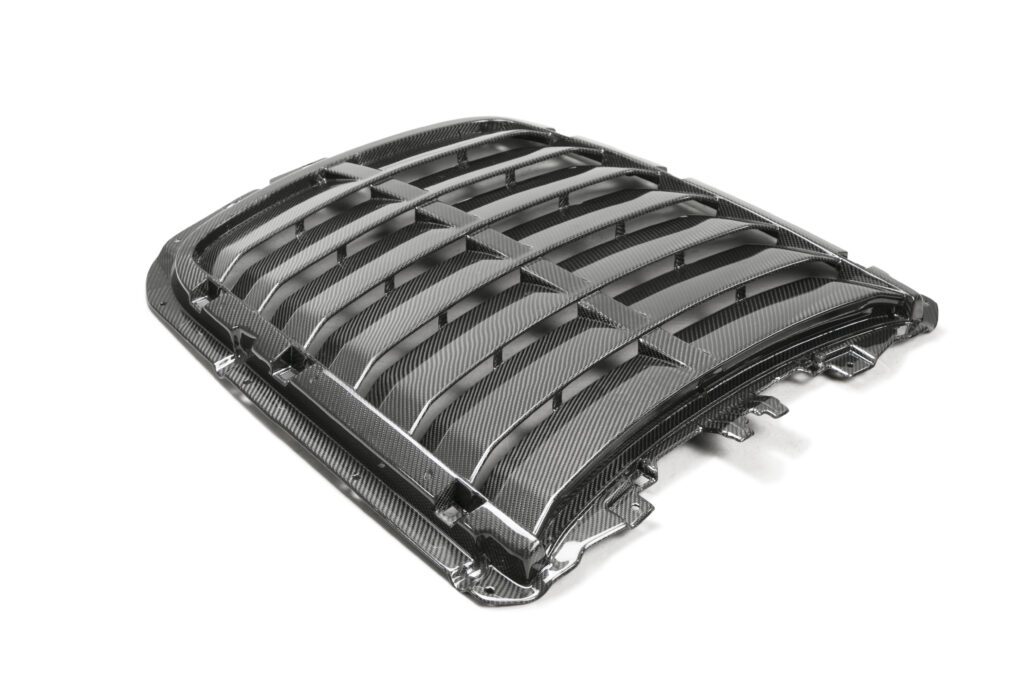
Why does this matter to you, the average driver?
Because stolen parts don’t just cost automakers money—they cost you.
Ford will now have to spend time and resources tightening security, which tends to trickle down in the form of higher prices and slower deliveries. It also puts pressure on legitimate parts suppliers, who already struggle to compete with a shadowy black market that offers “OEM-style” goods for pennies on the dollar.
As tariffs on imported parts climb and the aftermarket grows increasingly expensive, the incentive for this kind of theft only increases. Want to know why your next headlamp costs $900 instead of $250? This is one of the reasons.
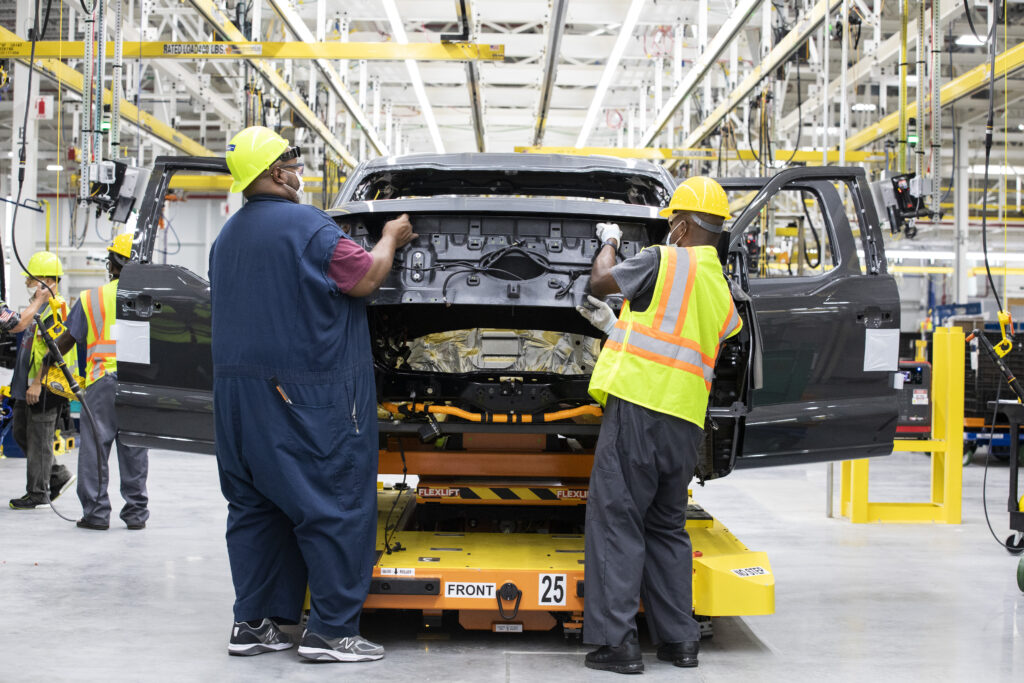
Is this just a Ford problem?
Hardly. Car part theft is a booming business in the U.S.—a multibillion-dollar industry that thrives in the grey space between insurance claims and “no questions asked” body shops. Some parts are stolen off parked vehicles. Others, like in this case, straight from the source.
But what makes this Ford case noteworthy is its scale—and audacity. This isn’t a pair of blokes nicking catalytic converters in the night. This is systematic, sustained, and allegedly inside-assisted looting of American manufacturing at a time when industrial resilience is a national priority.
Could tariffs be making this worse?
Quite possibly. With new tariffs on vehicles and parts from China, Europe, and beyond, domestic supply chains are under pressure. That pressure creates opportunity—for counterfeiters, chop shops, and anyone with access to genuine parts and a van.
As one security analyst put it, “There’s a gold rush in OEM components right now. Only instead of picks and shovels, people are using access badges and forklifts.”
Is Ford responding?
To their credit, yes—albeit quietly. The automaker is reportedly cooperating fully with Dearborn police and has begun reviewing its plant security protocols. A polite way of saying, “We’re checking all the CCTV footage we should have reviewed six months ago.”
Ford, it must be said, is not alone in needing a rethink. This case is a wake-up call for the entire auto industry: secure your factories like your balance sheets depend on it—because they do.
Bottom Line: A Story of Steel, Greed, and eBay
In the end, this is less a story about car parts than one about blind spots. Not just in Ford’s camera system, but in an industry racing toward EVs and AI while still vulnerable to old-school theft.
It’s a reminder that in the age of digital everything, the most lucrative crimes may still involve a screwdriver, a van, and a good set of factory floor plans.
Enjoyed this article? Stay in the driver’s seat with more automotive insights!
Follow @NikJMiles and @TestMiles on social media for the latest news, reviews, and behind-the-scenes exclusives. Don’t miss out—join the conversation today
